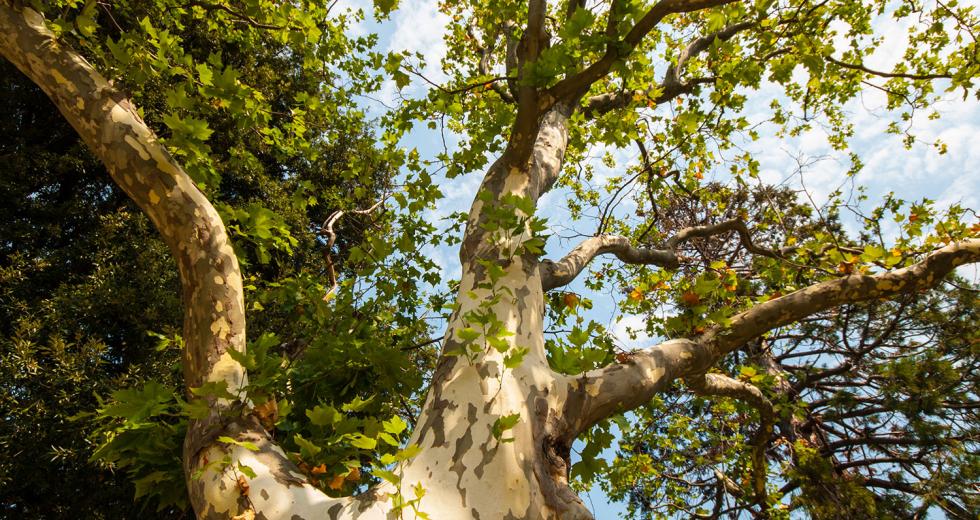The sickening, wooden crack of a falling tree can strike fear into the hearts of property owners. Maybe that’s true for anyone within a certain radius of the falling tree, but property owners have a more specific concern: They could be liable for thousands of dollars in damage to cars, or even lives.
It’s especially important for property owners to be aware of the
liability they could face if a tree on their property falls.
Debbi Hart, owner of River City Management Sales, has faced such
falling timber on the properties she manages and says tiny trees
can wreak a deceptive amount of havoc.
“One of the things are the sycamore trees all throughout
Sacramento,” Hart says. “They’re small, but they can damage a
car.”
She has a property on 41st street near the UC Davis Medical
Center where a tree branch recently fell on a hospital visitor’s
car. Hart, responsible for the full cost of the vehicle’s damage,
had to deal with the insurance claims herself. But still, she’s
very adamant that trees are an important part of Sacramento, and
she urges her clients to take care of them.
“I’m big on trees because I know what they do for the
environment, for the aesthetic,” Hart says. “I tell tenants, ‘Let
the grass die, but [the tree] I want you to water.’”
In the City of Trees, ancient oaks and sycamores surrounded by
dry brown grass have become commonplace. It might cause you to
wonder how something so large can survive when everything else
around it is dying. The simple fact is, it can’t.
According to Terry Monahan, an arborist for Fallen Leaf Tree Management who works with commercial properties in the Central Valley, even seemingly healthy trees may be vulnerable beneath the surface. While older trees might have reserves stored up for dry times, when those stores go dry the tree can die quickly. “On regular years they’re storing photosynthate,” Monahan says. That photosynthate, which is basic nutrition for the tree, gets used up in times of drought, meaning a seemingly perfect tree may actually be on the verge of succumbing to disease and pests.
“The tree could be perfectly green, and then one year all the leaves drop off and it’s gone like that,” he says. Even a tree that’s getting watered on a regular basis might succumb to the drastic heat of a California summer and, according to Monahan, “too much water and not enough water look the same.”
Property owners should also be aware of city ordinances concerning heritage Trees: any trees in good health with a circumference of 100 inches or more, any native trees with a circumference of 36 inches or more or any protected grove or woodland so designated by the city.
Heritage trees are illegal to cut down or prune without a permit from the City of Sacramento. There are even detailed rules about performing construction around them.But a tree in danger of falling or imminent death loses all claim to heritage status. If you do due-diligence and the tree breaks, Monahan says the damage is not considered your fault. But neglecting a heritage tree could make you liable for thousands of dollars in damage.
Most arborists will come out and consult on a tree for free if it’s in danger of falling, then charge a fee for the mandatory report they must turn in to the city. But getting an arborist out to look at the tree is far better than paying out for a lawsuit, Monahan points out. Any worried tree-owners can find Fallen Leaf Tree Management online or check the Sacramento Tree Foundation’s website. For those of you who need to know if your property contains a heritage tree, take a look at Sacramento City Code 12.62.020 at www.cityofsacramento.org.
“There’s a commitment the owner makes in having a tree on their property,” says Hart. “Most of my tenants recognize the inherent cost. You’ve got to save the tree.”



